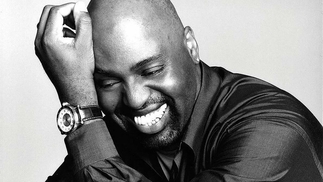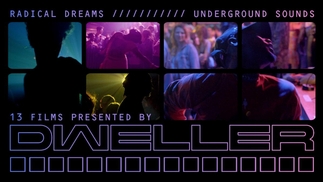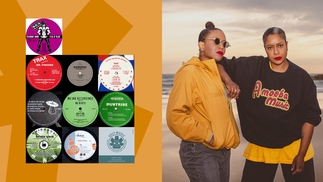DANCE MUSIC FROM THE BEGINNING: PART TWO
Disco Sucks and the birth of house music

Dance music is a hot place to be place right now. What began as an underground counter-culture has grown, over the last 25 years, into a sound that dominates not only global dancefloors, but international festivals and pop charts alike.
But it wasn’t always like this...
In this new series, in association with Miller Genuine Draft, we lay bare the dance music story, to show the raft of new ‘EDM’ fans where these sounds and ideas first came from.
PART TWO: DISCO SUCKS & THE BIRTH OF HOUSE
Last month, we looked at how disco producers including Giorgio Moroder experimented with synthesisers to create some of the earliest forms of electronic music.
In 1977, the disco movement reached critical mass. John Travolta appeared in ‘Saturday Night Fever’, propelling disco firmly into the mainstream. It took such a strong hold that rock acts like Rod Stewart and The Rolling Stones began to release records with the hallmarks of the disco sound, much to the chagrin of their core audience.
Within two years of John Travolta’s white suit and slick moves, the disco scene imploded. In 1979 a radio shock jock and anti disco campaigner hosted a rally called Disco Demolition Night, where 50,000 people turned up with disco records which were blown up on a baseball field, during an ill-feted half time stunt. The night, which ended in huge riots that made the national news, was a symbolic knife to the heart of the disco sound.
In truth however, the mainstream rejection of disco, was a critical moment in the birth of dance music as we know it. The sound returned to the underground, gay clubs where it could thrive away from the glare of Hollywood and the pop charts.
One such club, in Chicago was called The Warehouse and its resident DJ was called Frankie Knuckes. Knuckles revived the non-commercial disco records of the day, playing them alongside Italo, Salsoul, electro and other forms of early dance music.
Knuckles fused these strains of dance music and began to experiment with DJ techniques such as using multiple copies of the same record to create extended versions and live remixes, or beefing up tracks by layering them with a live drum machine - a hallmark of the house recordings that would follow.
The Warehouse and the sound that became associated with it was a sensation in the Windy City, and it wasn’t long before the club gave its name to the genre that it created. It started with ‘Warehouse music’, which was later shortened to ‘house music’ - the music that Frankie played at The Warehouse.
For the role he played in the creation of the genre and his phenomenal output over several decades, Frankie Knuckles is considered to be ‘The Godfather of House Music’. However he was not the first to commit this new sound to wax.
Back in 1984 fellow Chicago DJ Jesse Saunders took the bassline from a pastiche megamix disco record, which had been his signature track in the clubs, looped a small section of the bassline and added his own, reinforced drums and created the track that is widely credited as being the first ever house record ‘On and On’.
Next month, we jump across the US to see how another American city was creating a more industrial sound, in line with their surroundings. Be sure to follow Miller Genuine Draft on Facebook so you don’t miss it!





